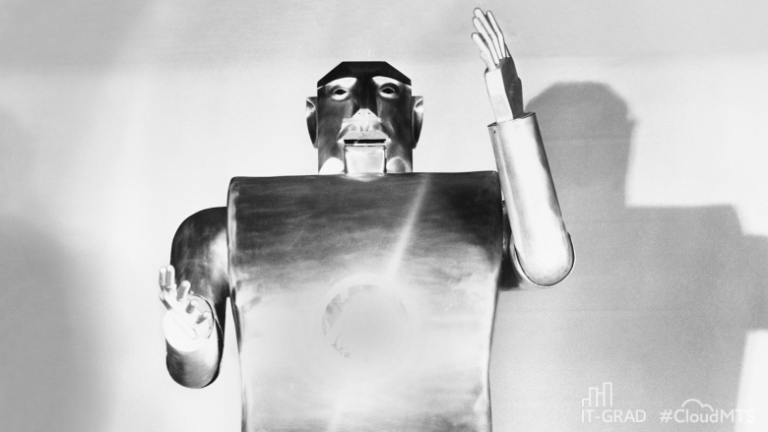“The Box: How the Shipping Container Made the World Smaller and the Global Economy Bigger” by Mark Levinson

A book about disruptive innovation has been brought to the section, but not about the Internet or the internal combustion engine. Meet the sea container.
Mark Levinson is a journalist, economist and historian. His articles are in The New York Times, The Wall Street Journal, Harvard Business Review and other top Western press. He has written five books. One of them is about the cargo container that changed the world.
It is easy to guess that having once brought logistics closer to perfection, society gained the ability to trade around the world and transport anything by sea back and forth (hello, AliExpress). But, but. It is in this book that the author reveals the topic in full, and before him, in general, no one has done anything like this. Mark Levinson has collected a chronicle and analysis on the topic of sea containerization in one book. Simply put, he closed the gap – just like Evan Amos did with game consoles.
Mark Levinson writes about how the shipping container reduced transportation costs and turned the economy upside down: with its emergence, East Asia became a player, although previously everything was tied to the North Atlantic. The container launched globalization, container ships displaced conventional ships, berths turned into places for rest, and the labor market was literally reshaped. “Today, a simple metal box is rightfully included in the concept of “disruptive technologies,” the author explains.

Dockers, tallymen, stevedores — the book will give an idea of the professions in maritime logistics and the chronicle of labor relations in the industry. History remembers unemployment and strikes, the role of trade unions and how modern technologies have changed and continue to change work processes, even when the box itself has become something commonplace. For example: “In 2010, crane operators’ earnings were suddenly under threat. At the Manzanillo International Terminal in Colon (Panama), operators sat in a comfortable control room a kilometer from the pier and remotely serviced a container ship, moving their cranes with joysticks and watching the action on screens. At first, the system did not work entirely smoothly: it turned out that veteran crane operators relied partly on sounds when determining their location, and the silence when working in the room interfered with accuracy. Once microphones were installed on the cranes and speakers were installed in the control room, the operators could hear the clanking and rustling sounds, and everything returned to normal.”
Incidentally, this system eventually caught on so well that remote-controlled shore cranes began to appear in terminals more and more often. And as Mark Levinson writes, in contrast to the giants who retired, young people are taking up jobs whose work is more related to video games than cargo handling. Well, perhaps that's not so bad.
The author demonstrates the container economy in numbers: dollars and cents. He gives examples generously. The currency is mentioned more than two hundred times on the chapter pages alone, and there are also notes. Those who like to understand the details will most likely find all this interesting.
In addition to listing facts and calculations, Mark Levinson's book contributes to the coverage of related issues – safety and ecology.
“Containers have become ubiquitous—and in addition to cheap goods, they have brought new social problems. Piles of abandoned, battered containers lie around the world, too old to use and too expensive to repair. Container ship, truck, and train exhaust is harmful to the environment, and the endless growth of shipping at ports has created problems for local communities: traffic jams, noise, and increased cancer rates attributed to diesel exhaust; the cost of cleaning up the mess for Los Angeles and Long Beach alone is $11 billion. The flood of containers has become a security headache, concerned that a single crate of radioactive “dirty” bombs, designed to explode upon arrival at a major port, could contaminate an entire city and throw international trade into chaos; radiation detectors have been installed at many terminal gates to protect ships from such terrorist containers. It has become common practice to use containers containing mattresses and toilets to transport illegal migrants, and immigration officials only manage to find a tiny fraction of the containers containing people among the hundreds of thousands of boxes containing legitimate cargo,” he explains.
It is interesting to read this book to learn about the actors (legal, among others). After all, ideas are taken into work by people, and companies inflate them to enormous proportions — with the aim of getting super profits. Here, Mark Levinson has outlined well the twists and turns that took place between organizations and committees. It could be a TV series, by the way: in the spirit of “Heirs”. Such is the globalization obverse and reverse.



